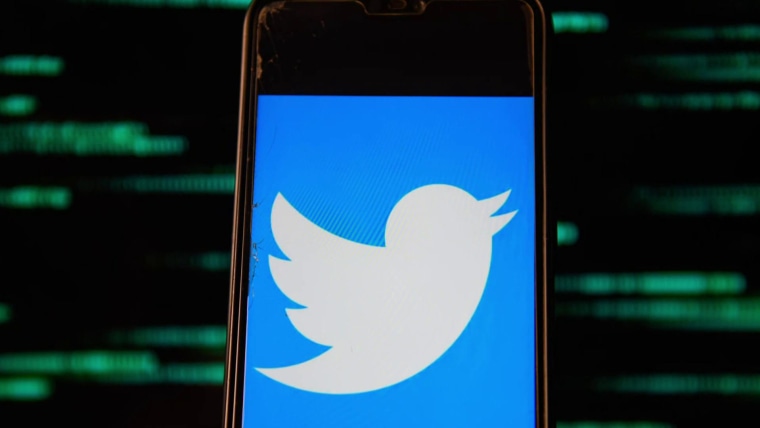Cybersecurity professionals broadly agree on a central problem: computers and code have clear fixes, but humans do not.
Twitter provided perhaps the most high-profile example of this challenge when its security was breached Wednesday, allowing for scam-filled messages to be sent from some of the most-followed people on the platform, including Joe Biden, Barack Obama, Jeff Bezos, Kanye West, and Elon Musk.
Specifics of how the attack happened are still unconfirmed, but Twitter announced Wednesday night it suspected “a coordinated social engineering attack by people who successfully targeted some of our employees with access to internal systems and tools.”
Put more simply, Twitter didn’t break. An employee did. Or more than one.
“Humans and their behaviour continue to be the biggest threat for organizations,” said Mikko Hypponen, the chief research officer at the Finnish cybersecurity company F-Secure.
“Security holes come and go. Sometimes there’s something urgent happening but once you patch and update, you’re good to go,” he said. “The human weaknesses are there always. Every day. Forever.”
Twitter worked to contain the damage, but it took several hours, including a period in which it prevented most verified users from posting new tweets. (Verified users, known for their blue check marks, tend to be prominent figures in politics, the media, business and culture.) During that time, scam tweets were sent from dozens of major accounts, as well as hundreds of unverified accounts. The hackers quickly received hundreds of transfers worth over $115,000.
Giovanna Falbo, a spokesperson for Twitter, declined to comment beyond the company’s tweets. But the company told Vice’s Motherboard, a tech-focused publication, that whoever was behind the breach had got someone inside Twitter to willingly provide the access. Motherboard reported that people who claimed responsibility for the attack had worked with someone at Twitter, and that one person said the Twitter employee had been paid for the access.
It is more common for employees to be unaware of the role they play in data breaches. The most common hacking efforts center on tricking employees into giving up login information, a process known as phishing.
But other major hacks have involved company insiders using their access. An “insider threat” was allegedly responsible for the 2019 Capital One security breach, in which former Amazon engineer Paige Thompson was accused of leveraging her knowledge of that platform to gain access to Capital One servers on Amazon Web Services.
The problem of company insiders opening the door to hackers has also become a national security issue at the heart of international espionage schemes. Twitter has also faced this problem. In November, the Department of Justice charged two former Twitter employees with providing user data to Saudi Arabia. And in 2017, a Twitter employee briefly shut down President Donald Trump’s account.
How to stop these kinds of security breaches has become the subject of growing efforts within the cybersecurity world. Which employees have access to which systems is now closely watched, and security software can now look out for employees who are doing things out of the ordinary.
Companies are also working to figure out how to make sure employees don’t have more access than they need. Marcin Kleczynski, CEO of Malwarebytes, said Twitter will inevitably review the internal systems used in the breaches, pointing in particular to a tool for resetting account passwords that has been the focus of speculation by some cybersecurity experts.
“Twitter will be eager to make sure this never happens again, so it’ll be interesting to see what focus they put on this admin tool and what access folks at Twitter will have going forward,” he said.
Targeting individuals who may be willing to turn on their employers is not a new tactic. For decades, the U.S. defense industry has been the target of widespread espionage efforts to steal sensitive information about weapons systems by pressuring company employees, often with lures of money or threats to reveal sensitive personal information.
While there are no signs that Twitter’s breach was part of an espionage effort — such work usually doesn’t try to attract international attention — there are other factors that can push people to accept monetary offers.
Michael Hamilton, the former chief information security officer for the city of Seattle, said that during the recession that followed the financial crisis, employees were more likely to entertain offers from hackers.
“When the macroeconomics get to be real bad … people have a higher tendency to go to the dark side,” he said.
Hamilton said the current economic downturn has almost certainly triggered more activity from hackers looking for opportunities to convince employees to take a risk.
“The offers for people are probably coming with intensity right now because the audience is receptive, and again this whole COVID-caused dropout of the economy creates the opportunity for this kind of insider malfeasance,” he said.













